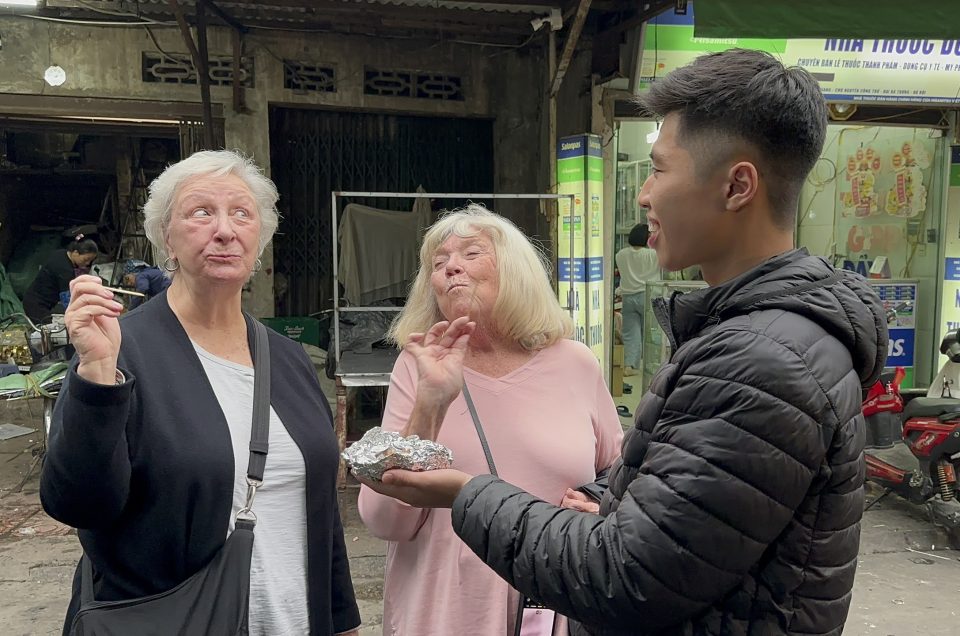Although Vietnamese food is delectable, some of the dishes may be too difficult for those who have never tried Vietnamese food before.
The most daring diners are likely to be intrigued by some traditional Vietnamese dishes, such as the renowned fertilized duck egg or dishes containing blood or organ soup. These dishes are all common in Vietnamese eating customs and can frequently be found on street food markets.
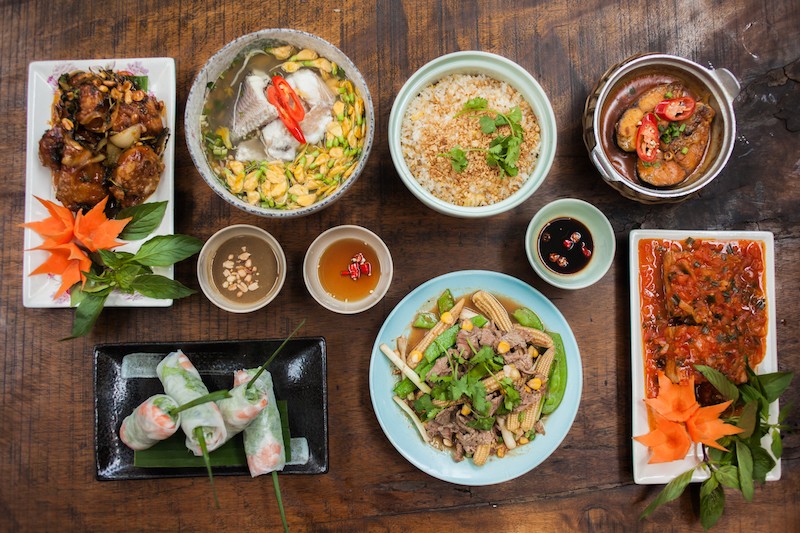
Trung vit lon (Fertilized duck egg)
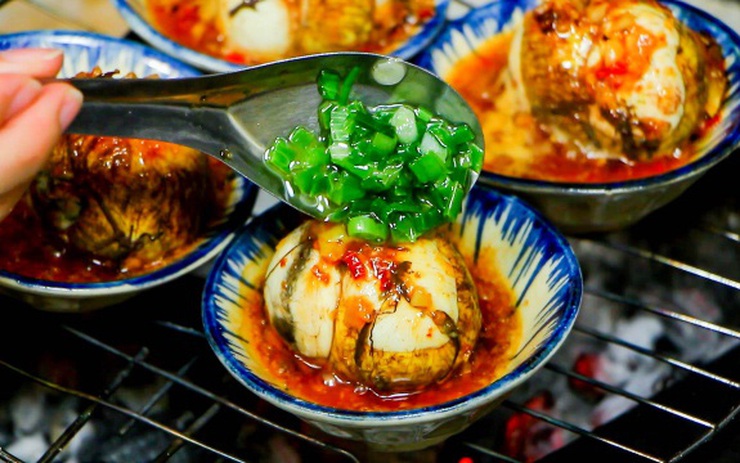
One of the simpler ways to sample Vietnamese “strange” cuisine. Fertilized duck eggs are eggs that have already partially developed bird embryos, though they are not always visible as real bird embryos. (depending on the stage of development). Vietnamese children are given them for breakfast because they are a beloved and abundant form of protein. Basil stems and salted citrus chili sauces go well with them.
Another option is Trung Cut Lon, which are smaller, easier to consume fertilized quail eggs if the large duck egg intimidates you too much. Warming up tamarind and lemongrass sauce (Trung Cut Lon Xao Me), a dish that is frequently offered in the afternoon, is a very popular serving method.
Ga Tan Den (Black chicken in herbal soup)
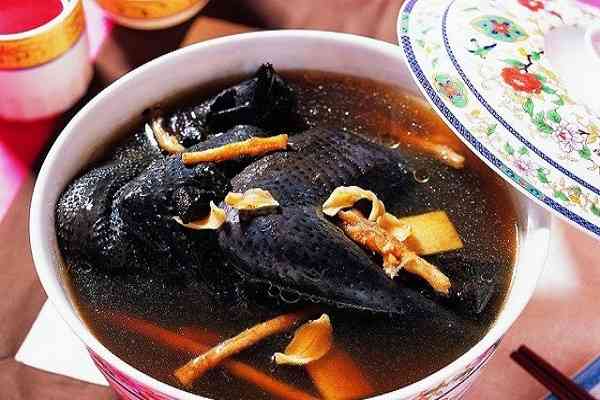
Vietnamese people consume this soup frequently and greatly value its therapeutic qualities. Chinese medicinal herbs and dried fruit (such as mugwort, dried dates, and goji berries) are used to make the broth, along with a very bitter rhizome rootstalk that is not meant to be consumed but gives flavor to the soup. Although the broth can be made with regular light-fleshed chicken, the black chicken, which comes from a unique Vietnamese breed, is the most distinctive variation of this nutritious soup. It comes strongly recommended, especially for women.
Chan Ga (Chicken feet)
In Vietnam, you can actually find chicken feet all over the place. They may not be pricey, but they can still be regarded as a treat. Chicken feet can be boiled and served with ginger and lemongrass in a traditional flavor, or they can be fried with chili and honey sauce. It’s a dish that’s typically served alongside a hot pot. As a result, some Vietnamese communities have a unique breed of chicken with enormous feet.
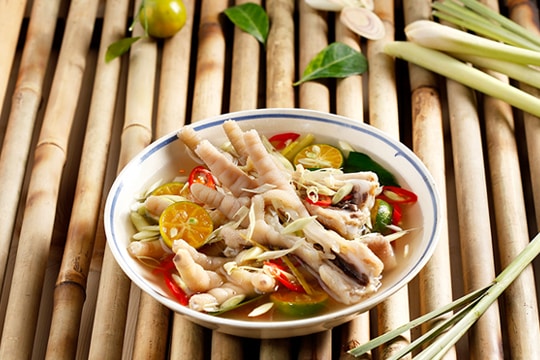
Tiet Canh (Blood soup and animal organ soup)
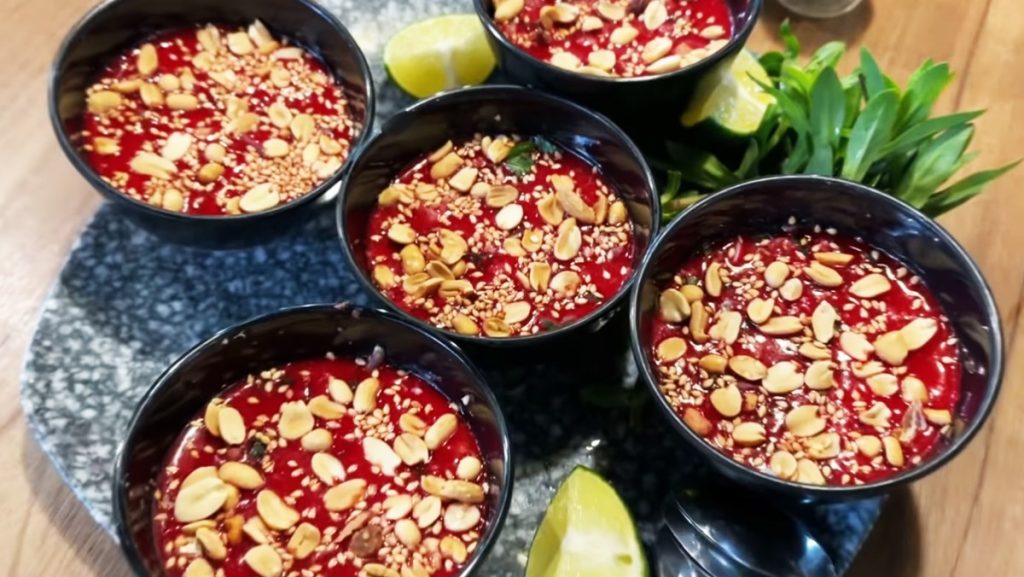
Tiet canh, or blood soup, is a dish that is no longer highly recommended because it contains seasoned fresh blood from various animals and is readily contaminated. I’ve never had the opportunity to experience it firsthand, let alone see it.
Animal organ soup is a more typical scene on markets. They may come from ducks, poultry, beef, or pigs. It is common for all potential organs to be displayed at nighttime street food stalls so that customers can choose which ones they want in their broth. Duck liver, pig brain, beef intestines or stomach, or more commonplace swine knuckles and feet are among the options. The variety of organ soup recipes and soups made with unusual animal parts demonstrate the Vietnamese people’s creativity and commitment to minimizing food loss.
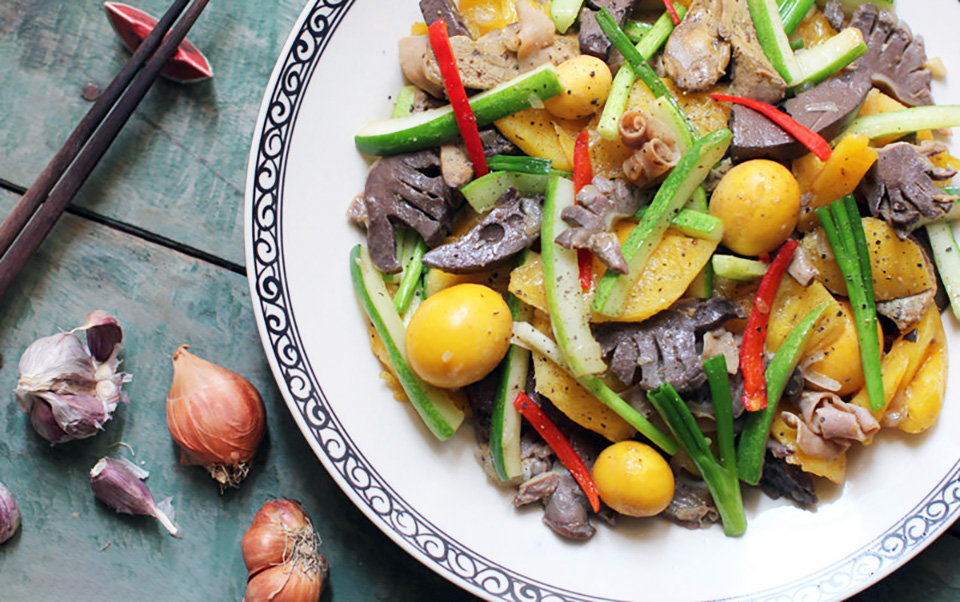
Oc (Sea snails dishes)
Most likely, when you hear the word “snails” in Vietnam, folks are talking about sea snails. Snails are very common, especially in the north, in the Ha Long region. They can be found in a variety of shapes and flavors. Snail soup, or “bun oc,” is a traditional meal, but there are also other delicious snail dishes available in specialized street food establishments.
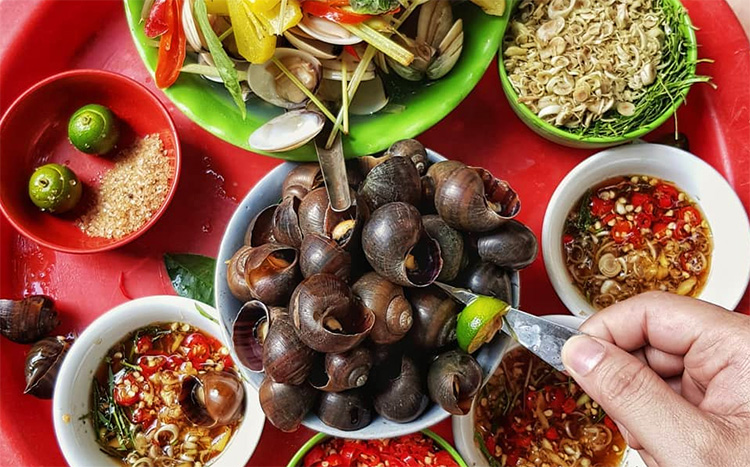
There is a specific protocol for ordering snails, which include selecting the type of snails you want, the way you want them cooked, and then your sauce or seasoning. Snails are primarily available in the evening (Vietnamese dishes are served according to a schedule throughout the day and dishes served at night can only be found then). Green onions, tamarind sauce, and lemongrass and ginger are common components.
Silkworms, river worms and other worm dishes
Con nhong, or grilled silkworm nymphs, is a popular street dish. They are prized for their nutrient and protein content. Silkworms are raised on mulberry leaves in communities, especially in the north. They are dried and combined with salt before being made for consumption and then fried with fish sauce. If you want to try them, you can locate them easily because they are a common dish served at “com binh dan,” rice buffet establishments.
We should also discuss the coconut worm, also known as beetle larva, which is popular in southern Vietnam’s Mekong Delta. This worm is consumed live and dipped in fish sauce, unlike the silkworm. Biting off the cranium is the first step in eating it.
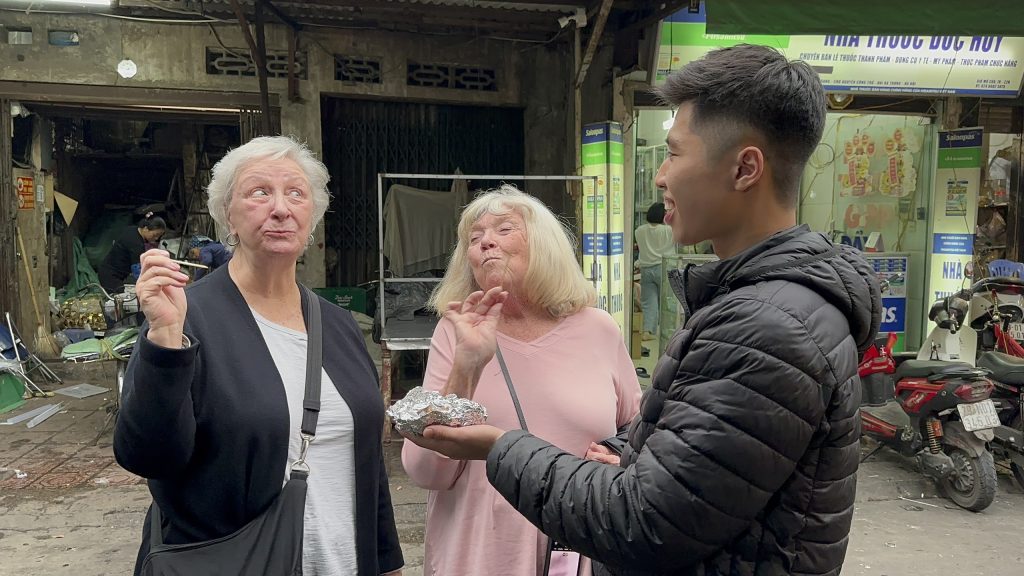
The river worm is another kind of worm that is frequently used in food. It is made into a cooked omelette and combined with pork. The name of this meal is “cha ruoi.” Why would you consume a river worm? It is said to be very nourishing and beneficial for bodily aches and pains like arthritis. The fresh fish and seafood section of markets is where you can easily locate the worms.
One man’s sustenance is another man’s poison, as the saying goes. When visiting, try not to stereotype local cuisine; you may come to enjoy some of those dishes, and if not, Vietnamese street food stands, markets, and restaurants offer a wide variety of other dishes.

